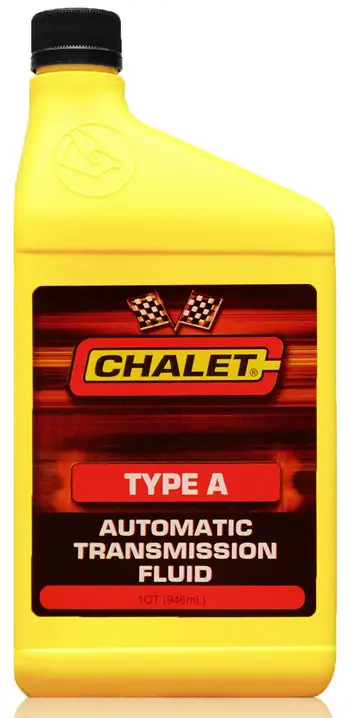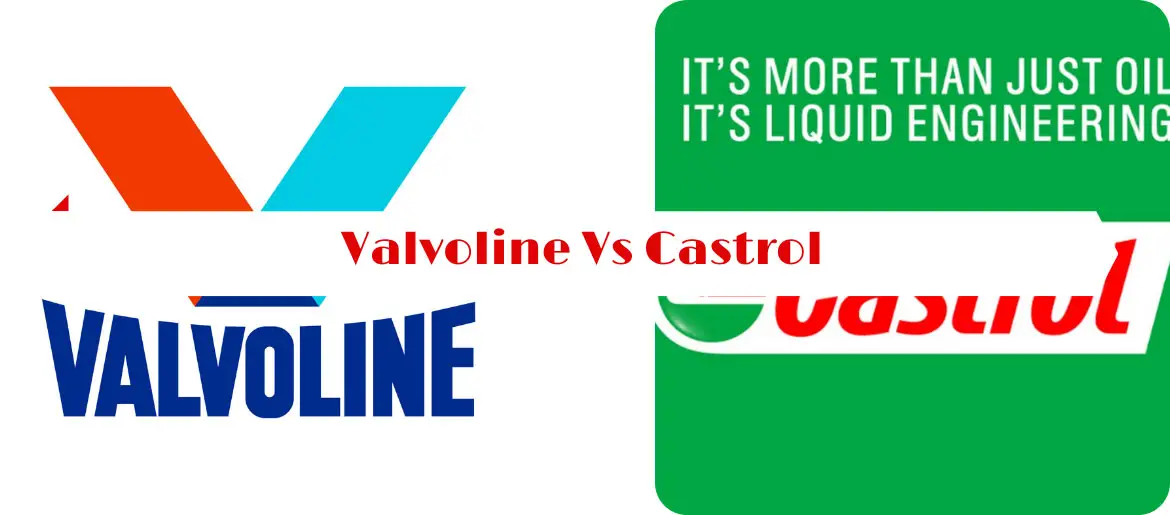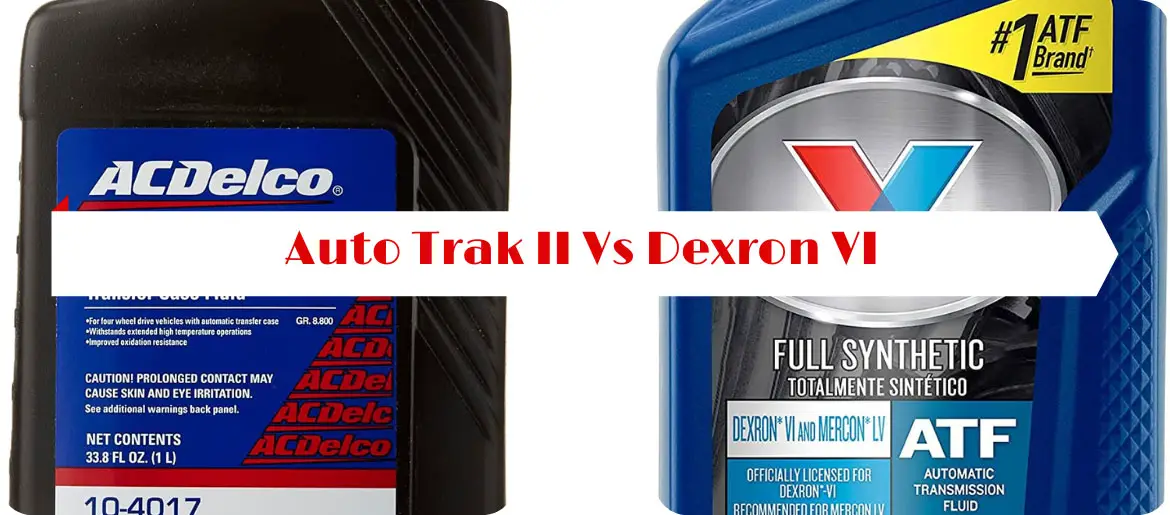Type F Transmission Fluid Vs Dexron VS Type A
Automatic transmission fluid (ATF) is one of the most vital fluids in the vehicle’s drivetrain. This essential liquid not only lubricates the gears and friction plates but also keeps the temperature under control.
That’s not all, ATF establishes a connection between the transmission and the engine. As many crucial functions of the transmission depend on this versatile fluid, choosing the right ATF is critical.
However, this task is easier said than done. Because there are tons of different types of ATF available from many brands. The most common ones are Type F, Dexron, and Type A.

How to know which of these is suitable for your vehicle? For that, you need to have a clear idea about the differences between type F transmission fluid vs Dexron vs type A.
To help you, we’ve discussed the basics of each of these ATF’s. Read on to know all about these fluids.
Type F Transmission Fluid Vs Dexron VS Type A
The main difference between Type F Transmission Fluid and Dexron is that, Type F Transmission Fluid can be mineral and synthetic and can be used in both automatic and manual transmission. And the Dexron is a 100% synthetic transmission fluid that is available in more than ten variants.
To understand the in-depth difference between type A transmission fluid vs Dexron vs type F, you need to know the basics of these fluids first.
Type F Transmission Fluid
Type F transmission fluid can be both mineral and synthetic depending on which brand you’re using. It’s formulated by mixing several additives with a quality base fluid.
This fluid is known for its unique controlled friction property. Additives such as anti-foaming agents, viscosity improvers, and antioxidants give Type F oil this feature.
You can use this ATF for both automatic transmission systems and power steering systems. But before all of that, you need to make sure that it’s compatible with your vehicle.
So, what vehicles use type F transmission fluid? Primarily, this ATF was specifically designed for Ford cars that have bronze clutches. You can also use it on your antique 1970 and 1980 Ford cars.
Moreover, some imported cars such as Capri, Jaguar, Saab, Volvo, and Toyota from that period are compatible with this ATF.
Benefits
Type F transmission fluid comes with a higher friction coefficient. As a result, you get to enjoy fast clutch engagement with minimum clutch slippage. It also minimizes brake slippage.
The special additives included in this fluid provide oxidation resistance and anti-wear features. So, your transmission system remains protected from rust and corrosion.
Cons
One downside of type F fluid is that it’s not compatible with other types of ATF’s. You can not mix it with newer transmission fluids nor can you use new oils in a transmission system that only accepts type F. Especially be cautious of mixing it with Mercon fluids.
Another thing to point out is that type F fluid is grapier than other fluids. This is meant for transmissions that are designed for a rapid clutch engagement. However, if you use this ATF with a transmission that requires a slower engagement, you’ll end up destroying the system.
Dexron Transmission Fluid
Dexron is the most popular ATF in the market. Now almost all of the General Motors (GM) and Ford vehicles require one or another type of Dexron.
This is a 100% synthetic fluid combined with excellent additive packages. It can be used in torque converters and gearboxes along with the transmission system.
There are over ten variants of Dexron. Some of the popular ones are: Dexron-III, Dexron-IIE, Dexron-IIIF, Dexron-IIIG, Dexron-IIIH etc. The latest Dexron transmission fluids are Dexron VI, HP, and ULV.
Benefits
One of the principal benefits of Dexron is that it’s compatible with a wide variety of transmissions. If your vehicle’s manual recommends Dexron or Mercon, then you can use any form of Dexron ATF on your vehicle. It’s most appropriate with the 2006 GM vehicles.
Also, newer variants of Dexron are backward compatible. This means you can use them with older cars too.
It has extraordinary dispersing properties. As a result, pollutants and sludge build up are prevented. The fluid stays fresh for longer and the transmission offers peak performance.
Dexron also has superior thermal and oxidation stability. It doesn’t react with non-ferrous seals. So, your transmission systems stay protected from wear and damage for a longer period.
Cons
Not all the variants of Dexron are compatible with older ones. Be cautious while mixing fluids.
Type A Transmission Fluid

Type A transmission liquid included whale oil in its formulation. It is the oldest ATF that was introduced in the 1950s for use in GM vehicles.
It is typically used for models from the mid-1950s to the mid-1960s. Later, the Suffix A variant replaced type A oil.
Benefits
Type A is affordable transmission fluid. The quality mineral base oil and anti-foam additive make this especially great at suppressing foam formation.
It possesses a dark red color. This color helps in detecting transmission leaks.
Cons
Whale oil can not withstand high temperatures. It freezes up in lower temperatures. So, you won’t be able to shift gears in colder temperatures. Hence, it is no longer used in vehicles.
Which Transmission Fluid Is The Best?
Well, now you are aware of the benefits and cons of three of these automatic transmission fluids. All of them have their advantages and disadvantages.
If we have to choose one based on compatibility, we’d say go for Dexron. Because Dexron has lots of variants and almost all the vehicles are compatible with this fluid. But type F and type A transmission fluids are only compatible with older models of Ford and General Motor vehicles.
Another thing to mention is that type A is not compatible with any other fluid. However, newer Dexron fluids can be mixed with type F transmission liquid.
If we consider lifespan, Dexron excels in this criteria too. It has a longer lifespan than type F and type A liquids due to the improved additives included in this.
Also, type A oil is not suitable for colder temperatures. But Dexron and type F have thermal stability and can be used in lower temperatures too.
The transmission liquid best for one vehicle may not be appropriate for another. So, always use the transmission oil recommended by your manufacturer.
People Also Ask
Can I Mix Type F Fluid with Dexron fluid?
You should not mix type F with Dexron fluid. Type F fluid is thicker than Dexron fluid. If you blend the two, the front and back clutches can wear out faster.
Can Type F Transmission Oil Be Used In GM Overdrive Transmissions?
No, Type F ATF can not be used in GM overdrive transmissions. Because Type F has heavy viscosity which will make shifting the gears in overdrive transmission highly challenging. This results in hardship while shifting the gears in overdrive transmission.
Why are Different Automatic Transmission Fluids Can’t Mixed?
Different transmission fluids contain different additives and detergents. Mixing them together will make them unstable and damage the transmission system.
What Will Happen If I Use the Wrong Transmission Fluid?
Using the wrong transmission fluid will result in poor lubrication. This will overheat the components and damage the entire transmission system.
How Often Should I Change My Automatic Transmission Fluid?
This depends on your car’s model and also how frequently you use it. On average you should change it after 60,000 miles.
Is Type F transmission fluid the same as ATF?
Yes, Type F transmission fluid is the same as ATF but not compatible with some ATF like Mercon.
Both fluids are designed to lubricate and cool the transmission, and they also help to clean and protect the transmission components. Type F transmission fluid is typically used in older vehicles, while modern ATF is more common in newer vehicles.
Which transmission fluid can be used instead of Type F?
There are a few transmission fluids that can be used in place of Type F, but they may not be ideal substitutes. Dexron III, that have been known to work well in place of Type F. However, it is always best to consult your vehicle’s owner manual or a qualified mechanic to be sure.
Wrapping It Up
Using the wrong ATF can damage your transmission system and even revoke the manufacturer’s warranty. So, for using the proper fluids in your vehicle, knowing the difference between type F transmission fluid vs Dexron vs type A is a must.
All of these ATF’s possess unique features to provide the ultimate lubrication, cooling, and cleansing properties. Hopefully, our discussion has given you a distinct understanding of their differences. If you’re still confused about which one to use, go through the owner’s manual of your vehicle. You’ll get a specific recommendation as to which ATF is right for your transmission.





